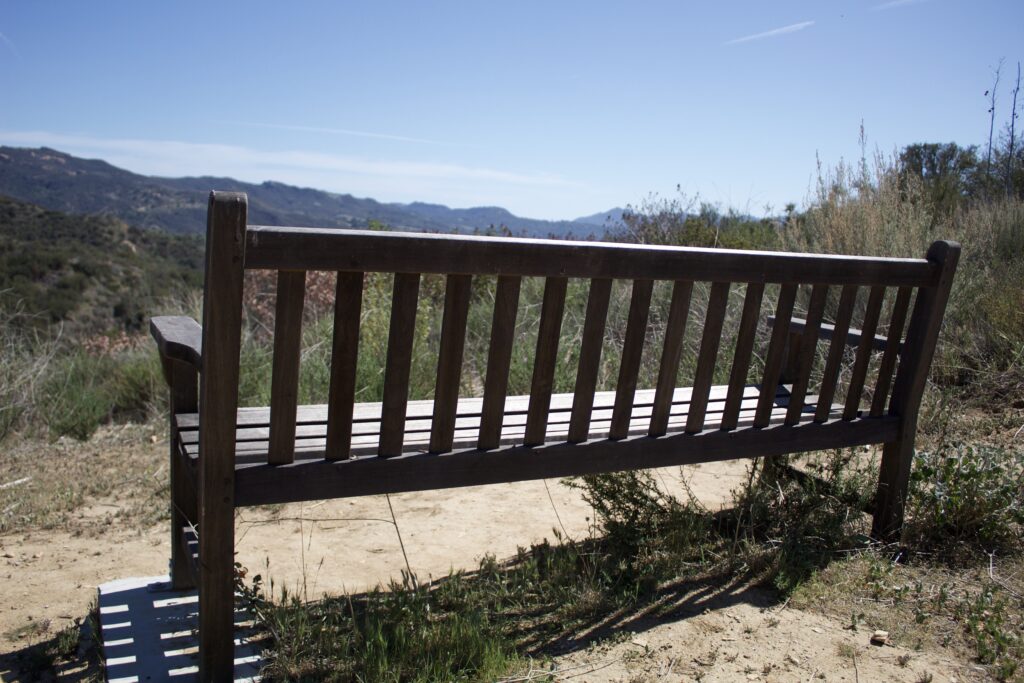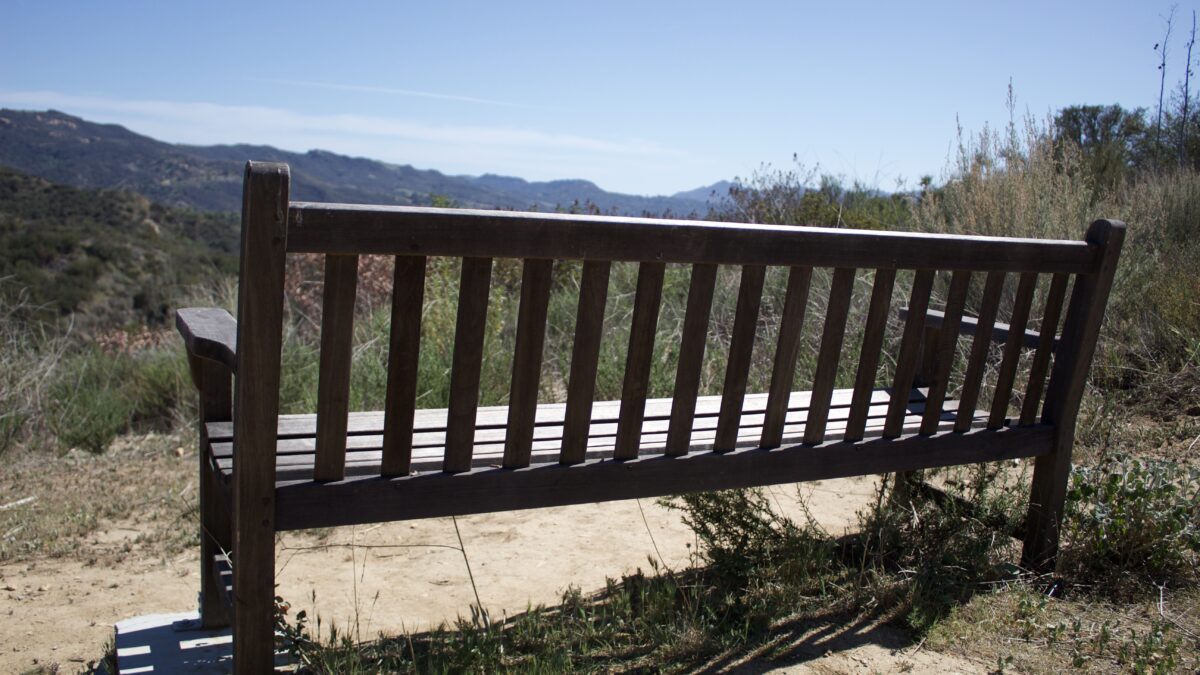
What is the meaning of sacred? The dictionary tells us sacred means connected with God or pertaining to religion. However, in the parlance of our times, the definition is further reaching. It includes the secular and spiritual, and truly anything worthy of veneration and respect~ nature, your higher self, something bigger. Sacred is what you make it.
As a bodywork professional, I hear the term ‘sacred space’ a lot. It refers to a quiet place to reconnect with your core values, your true heart, and the divine – be that a holy power or the light within each of us. It is a place conducive to reflection, where you can let go of the pressures of the day if only momentarily. For some, it is a church pew or an altar within their home. For others, it is a special spot outdoors. Each sacred space will be unique, as everyone has different ideas about elements that will support and nourish them. Joseph Campbell says, “Your sacred space is where you can find yourself over and over again.” Sacred is what you make it.
Meditation, prayer, and savasana, the final resting pose in any yoga sequence- sacred space provides a framework to drop into these single points of focus. Even seasoned meditators and those who make ‘going within’ an integral part of each day may find their practice renewed in the context of sacred space.
Only recently have I begun to see the value in dedicating a particular spot to soul care; I’ve found it actually makes a difference in how often I take a time out. If I’d been asked, I may once have said my sacred space is the massage table of a trusted practitioner. There I can melt on the table and exhale a deep sigh of relief and release. The reality is, for the past year I have been cooped up an unnatural amount of time in my house, trying to keep life moving forward with some semblance of normalcy. Born out of necessity, my sacred space has become my bedroom. With beloved books, crystals, and fluffy pillows, and a view of a fruit-tree filled backyard, it is a space where I can close the door and feel free of the demands of life. It is a place where I can cry, meditate, or otherwise focus on myself without guilt. We all need that.
Even my dog has his place. It is a 30” x 40” elevated canvas upon which he rests. It is meant to be the dog’s retreat where he gets left alone to calm down, nap, and think whatever thoughts mountain dogs think. Should he feel overwhelmed or a bit too excited, he knows he can go to the place board. We humans don’t always allow ourselves that luxury ~ a special place just for us and exclusively for chilling out.
Here’s how that sacred space functions for me: I take a moment to notice my breathing pattern. Breath is the most essential element. It is a main focus of my massage therapy practice, and what I tell my clients to direct their attention to in and out of session. Are inhalations shallow or deep? Are the muscles associated with respiration clenched – those in the stomach, chest, and neck? As I ease into deep breath, filling the lungs to capacity, I notice emotions come and go. I am an observer in my own body. This is the time to let go of expectations – those I may have placed on myself and those others have placed upon me. I allow myself to feel, to go through the process of emotional unwinding. I know I am in a safe place. As I get control of my breath and begin to settle, my attention may shift to the thoughts spinning in my mind. I’d like to quiet them too.
If you’re unfamiliar with meditation, here is a primer. It is human nature to continue thought patterns; the mind does not usually like taking a back seat. Whenever I become aware that I’m having another thought, I simply disengage. I cut the thought off like cutting a cord, and return focus to each inhale and exhale. I am often asked what the trick is with meditation. There is no trick, and it’s actually far simpler than most people make it. Get quiet. Try to stop thinking. You will continue to think. Disengage and return focus to the breath. That pattern may continue for the duration of your meditation, at least at first, and that is completely okay. Even spending 20 minutes trying not to think is a success. I, like many others, have been meditating many years; some days I’m in the zone and others it’s a struggle. The active mind doesn’t ever completely stop; what changes is the length of time between each thought. Long pauses come with practice.
Light Watkins, author of the books, Bliss More and The Inner Gym, suggests that we all have dozens of voices in our heads, each advising us what to do and how to do it. Yet one of them is the sometimes small voice of our higher self, our inner compass. Says Watkins, “While meditation can’t get rid of those other voices, it can turn up the volume on the still, small voice – to the point where it no longer feels too still or small to ignore, but loud enough to be heard clearly and convincingly, and acted upon.”
Where is your spot? Perhaps it is simply a corner of a room, a place in your garden, or a single meditation pillow. Perhaps it is a park bench on your favorite trail, or tucked away tree swing. Wherever you call sacred, I encourage you to make the time you spend there private and if possible filled with things you love. Create a space free from distraction. Set an intention. Allow it to be a resource that replenishes your energy and realigns you with your purpose.
What does one do in sacred space? Quiet the mind, deepen the breath, connect to something meaningful, remember who you are. May you find comfort and resonance with each breath. Sacred is what you make it. Let’s make something today.





